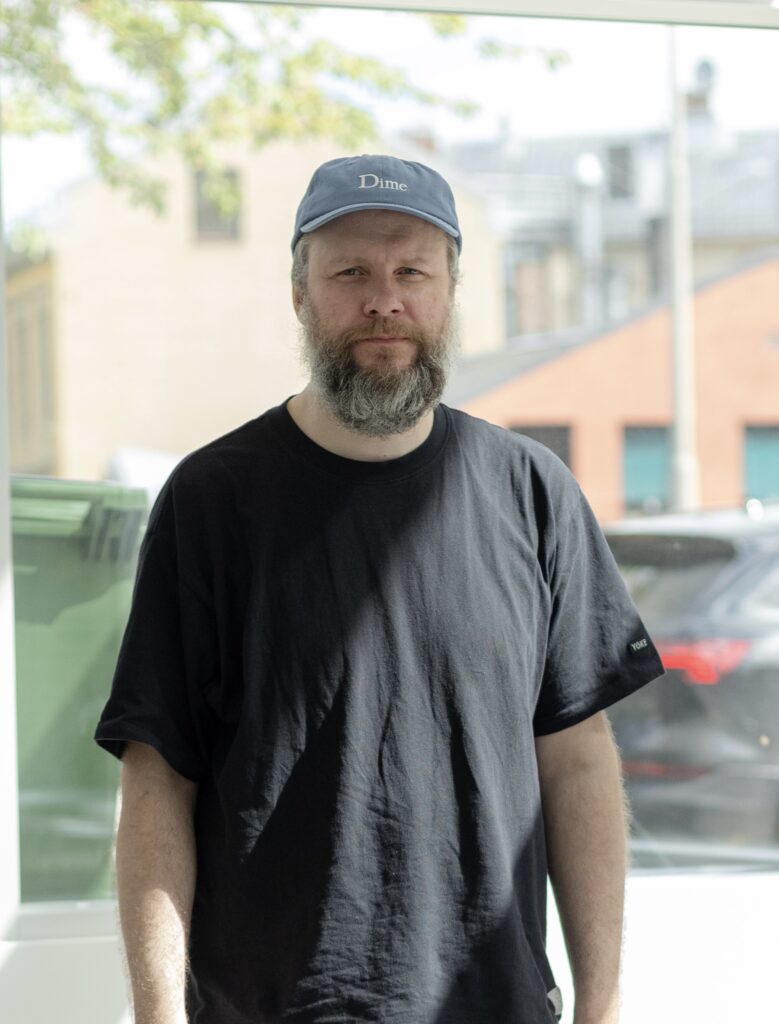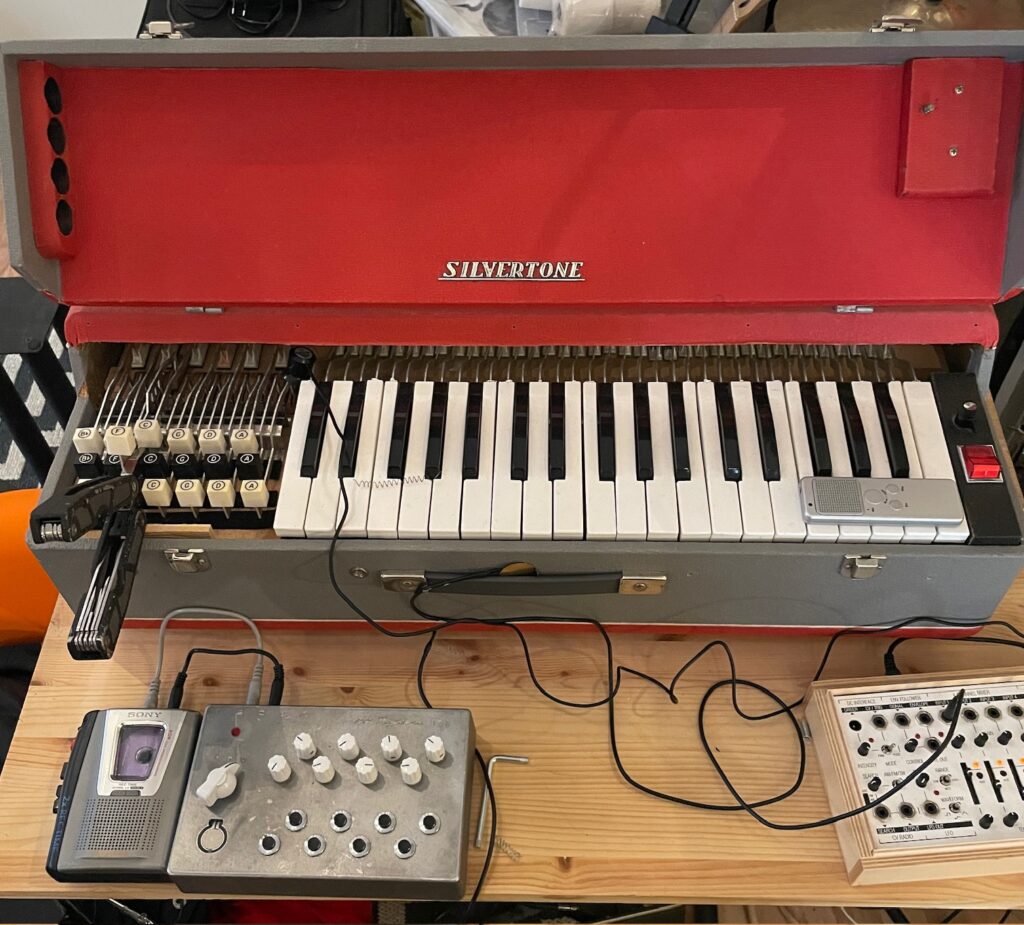Silverstone was released on Christmas Eve 2024 (though it’s not a Christmas album, just to be clear), but finally, here’s a short interview with the man behind the organ (press play to listen while reading):
Robin Snasen Rengård is a graphic designer, illustrator, and musician. He lives and works in Oslo but was born in Mo i Rana. He has previously released three albums and two EPs. In addition, he has composed music for videogames, podcasts, and television.

How and why did you start making music?
I started playing in bands when I was around 14. I remember meeting the guitarist Joakim, who I still play with, at the school I had recently transferred to and asked if I was interested in playing. He sold me a bass. I kept playing with different people until around 2005, but eventually got tired of the travel and band life for various reasons, so I started making things on my own and released my first EP around 2009. Now I create music both solo and with others again, and I have regular days where I jam with people.
How do you think about music today?
I listen to music all day and when I go to bed at night — it’s constantly around me. It’s a way to disappear to another place or into my own head, while at the same time making me more present and calm around others. I use it as a motor when I work and as relaxation when I’m not. Most of the time, I listen to music without words.
How did you make Silvertone?
I found an old Silvertone air organ at a thrift shop in Sinsen. It works like an accordion, but the air is pushed through valves by a motor, and it has various buttons that can play chords. It had some broken springs that produced a constant droning tone, and there’s no output — just an insistent hissing sound through tiny speakers. I set it up with four microphones at different distances and attached piezo mics that captured the resonance in the wood and the motor chugging along. Then I layered these recordings into a sampler and an Ondes Magnetique — a kind of cassette synth — and ran it through effects like echo, filters, and ring modulators, and so on.

How does Silvertone compare to your other work?
This one is very ambient and continuous compared to other things I make, but it might resemble the soundscapes from the documentary Drone. It’s also formalist in the sense that it doesn’t have a theme, titles, or meaning beyond exploring the instrument. I’m planning more records like this where I focus on a single instrument or object and try to squeeze as much sound out of it as possible.
Are there any similarities between working with music and graphics?
For me, they’re similar in the sense that an idea emerges almost immediately, and then I spend a long time kneading, shaping, and breaking it down. But images are immediate and can change depending on context, whereas music takes the time it takes and usually puts you in a space or mood without needing to be explained. The processes are quite different for me, but both are about shaping and disappearing into something sensory.
What kinds of releases can we expect from you over the next 50 years?
I have a track coming out on a compilation from the label Snick Snack this year, and I’m planning a release with them next year. I also have a Snasen EP on Hedonic Treadmill that’s about to drop and a record with Joakim Frøystein coming out on Jazzmal soon. As for the next 49 years, we’ll just have to see.

